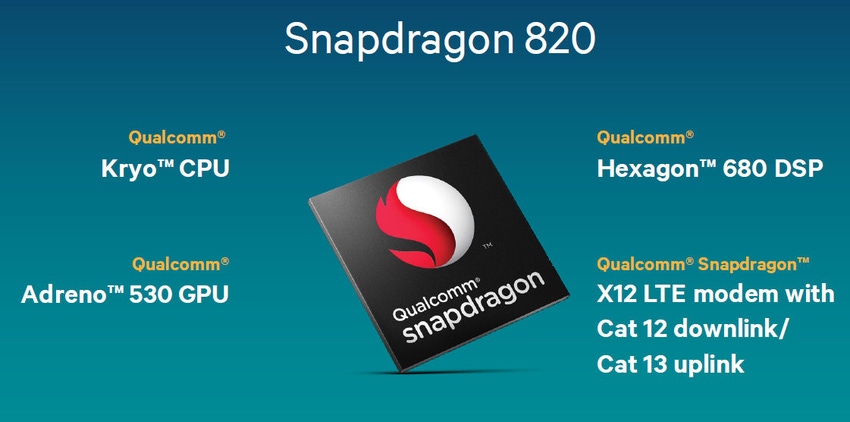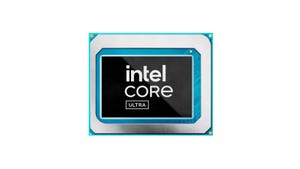Mobile chip giant Qualcomm has shown off its latest flagship smartphone SoC – the Snapdragon 820 – which it hopes will regain some of the initiative lost by its predecessor.
November 11, 2015

Mobile chip giant Qualcomm has shown off its latest flagship smartphone SoC – the Snapdragon 820 – which it hopes will regain some of the initiative lost by its predecessor.
Among the headline features of the 820 are a new in-house CPU core, having used ARM Cortex A57/53 designs in the 810. The new core is called Kyro, and while it’s based on the ARMv8 instruction set, the microarchitecture is of Qualcomm’s own design, just as Krait and Scorpion were before it. Qualcomm reckons Kryo delivers double the power efficiency and performance compared to the CPU core in the 810.
Other than the new Kryo core, Qualcomm is flagging up LTE cat 12 support (up to 600 Mbps download), a new GPU, the Adreno 530, which is 40% more powerful than the one in the 810, the Hexagon 680 DSP (digital signal processor) and a 38 MP image signal processor. This being Qualcomm there is a bunch of other connectivity goodness bundled into the SoC for things like wifi, Bluetooth, etc.
The Snapdragon 810 was famously rejected by Samsung for its Galaxy S6 family of smartphones, thus depriving Qualcomm of a major piece of bunnies and contributing to the major streamlining announced last summer. There is no guarantee the 820 will win that business back, but that surely must be a priority for Qualcomm.
It’s been a busy week for semiconductor news. ARM launched the Cortex-A35, which is positioned as the most efficient A-class processor yet and is the successor to the Cortex-A7.
“Cortex-A35 is the natural successor to the compact-footprint Cortex-A7, the leading energy-efficient processor, which has powered more than a billion smartphones and tablets,” said James McNiven, general manager, CPU group at ARM. “With the introduction of the world’s most efficient 64-bit capable mobile processor, ARM and its partners will deliver the benefits of 64-bit computing to the next billion smartphone users and beyond.”
Imagination Technologies, which designs the GPU inside Apple SoCs among others, is continuing its quest to gain ground in the CPU space via its MIPS offering, which is a third microarchitecture distinct from ARM and x86. This week it launched three new MIPS cores, two for embedded applications and one for ‘performance’ uses.
Lastly Nvidia, which has struggled to take on the likes of Qualcomm in the mobile chip space, has launched a Jetson TX1 module, which is designed to bring machine learning to embedded applications such as drones.
“Jetson TX1 will enable a new generation of incredibly capable autonomous devices,” said Deepu Talla, GM of the Tegra business at Nvidia. “They will navigate on their own, recognize objects and faces, and become increasingly intelligent through machine learning. It will enable developers to create industry-changing products.”
About the Author(s)
You May Also Like







.png?width=300&auto=webp&quality=80&disable=upscale)

.png?width=300&auto=webp&quality=80&disable=upscale)
_1.jpg?width=300&auto=webp&quality=80&disable=upscale)



.png?width=800&auto=webp&quality=80&disable=upscale)